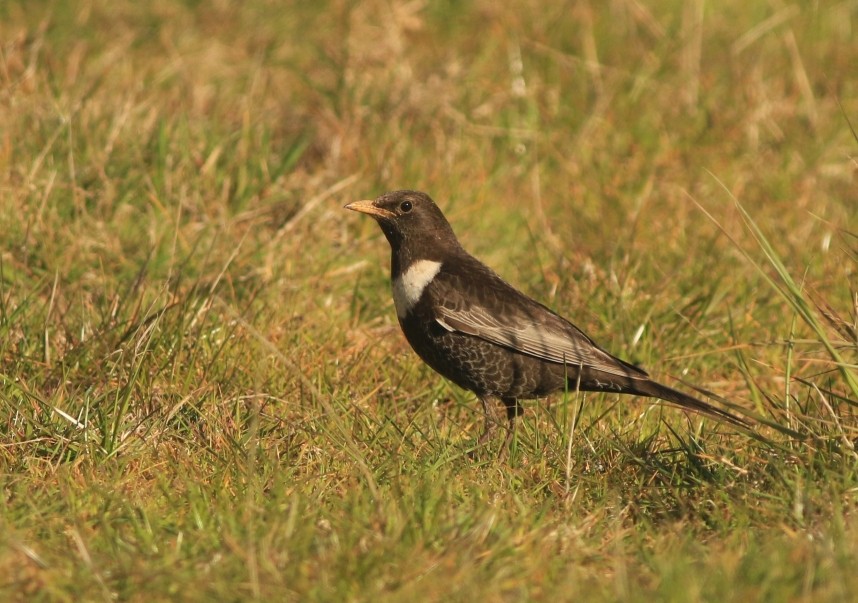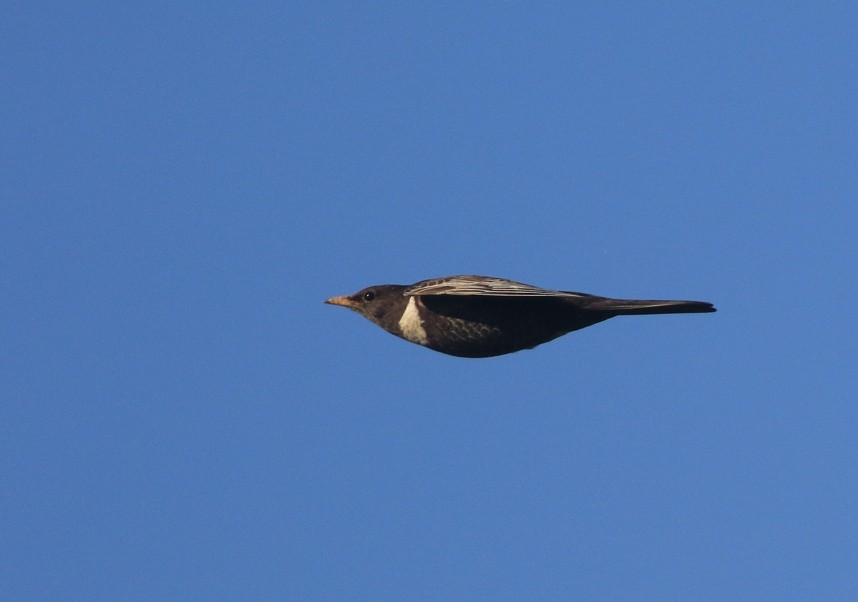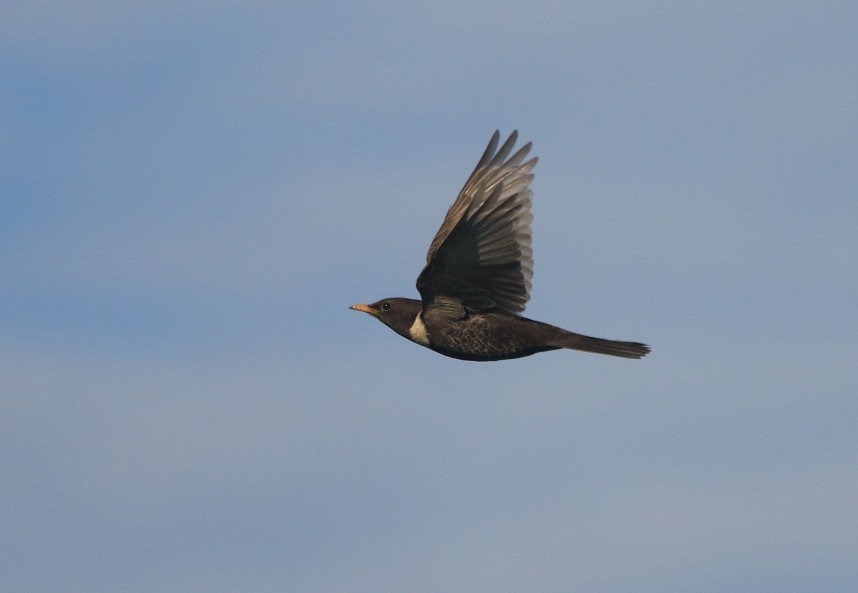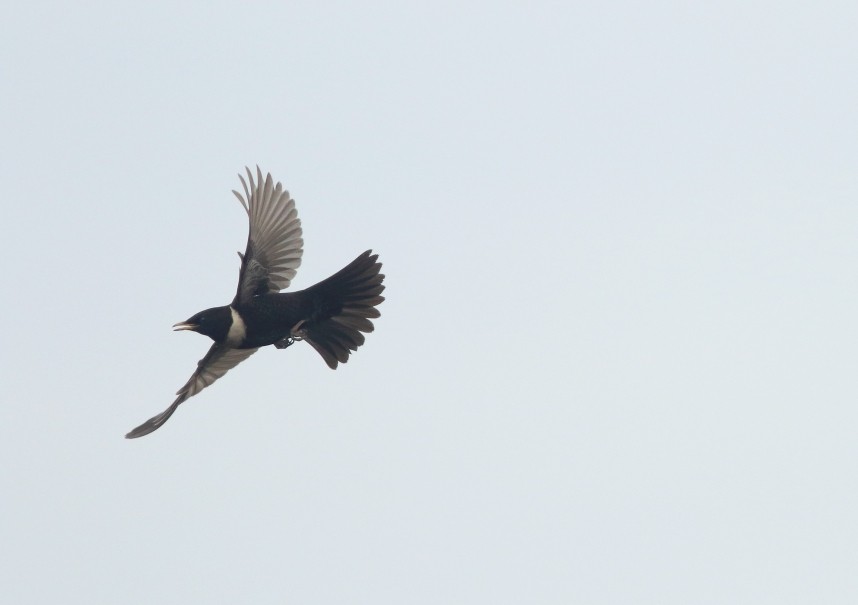Check your Blackbirds!
Such was the rallying cry last week as I guided a different team of six lovely clients every day at the mighty Spurn Bird Observatory. Why? Well, because we were fortunate to be in the midst of a huge arrival of Blackbirds Turdus merula throughout the week, dropping out of the sky in their multitudes, and fresh from crossing the North Sea from the European mainland.

Ring Ouzel © Mark Pearson
It occurred to us that, as a phrase, it would not only make a great YCN t-shirt, but would also be a memorable What Three Words (one of my clients did look it up, and found the nearest was Chuck.Your.Blackbirds, which is also pretty good….); that’s the sort of quality group conversation you can expect on my tours – one of many bonuses with no extra fee!
Anyway – so why check your Blackbirds? Well, firstly because they’re utterly beautiful, charismatic, and – if you’re on the coast in late autumn – the chances are you’re looking at one (or many) from a long way away. We’re lucky to receive a huge number of Northern European Blackbirds every autumn, and it’s a privilege to welcome them and a great many other adventurers. After all, what kind of country would this be without its constant waves of migrants (me and you included)?

Ring Ouzel © Mark Pearson
Secondly, and in this context, our principle reason for the rallying cry – there could be Ring Ouzels Turdus torquatus arriving with them. It paid to be vigilant, and over the course of my few days there we found at least three, sneaking through under the cover provided by their commoner cousins.
Ring Ouzels are an increasingly scarce breeding bird in the UK, confined to the uplands, where they set up easily missed territories in mountain gulleys and on craggy moorland edges. ‘Our’ Ring Ouzels (that is, those that are born here) are migrants, like those throughout the majority of their European range; but a bird from the Yorkshire Moors or Scottish Highlands is usually long gone by now, already enjoying the warmer climes of the Mediterranean or even Africa.

Ring Ouzel © Mark Pearson
Those that follow – and the ones we’re on red alert for in October here on the Yorkshire coast – are from Scandinavia and Northern Europe, where (no offence, fellow Brits) they breed ‘em a little tougher and they can afford to set off a little later. They pass through in variable numbers as a matter of course, but when the wind is in our favour and the weather is messy, they’re more likely to take the UK diversion on their journeys south and south-west (hence last week’s north-easterlies and cloud doing the business for us).

Ring Ouzel © Mark Pearson
So what are we looking for? If you’re lucky, a nice strongly-marked male, with a big, whitish crescent emblazoned across the breast; if not, then at least a suggestion of, on immatures and females. Often, however, the best clues are more subtle – their feather edges are altogether paler, creating a scaly effect, and (crucially) their flight feathers are also pale-edged, creating a ‘translucent’ effect in flight, and a pale ‘panel’ on the closed wing when perched (sounds subtle, I know, but visible at some distance!).
In flight they can also appear slimmer and ‘tailier’ and that’s when you’re likely to hear their distinctive contact call: a sharp, hard, slightly electric tuck tuck tuck, less hoarse than Fieldfare and often uttered by fly-bys as they disappear into trees and behind hedges. So if you go down to the coast today, what three words? Check your Blackbirds!
YCN Wildlife Guide
Fancy finding your own Ring Ouzels with Mark next year? Book here:
To see Marks Flamborough Days in spring 2026 CLICK HERE



 Back to Blog
Back to Blog
